Twenty-Four Hours in Kanazawa
From the moment you step off the train, it is clear how proud Kanazawa is of its new Shinkansen. Shinkansen cakes, Shinkansen crackers, and even Shinkansen backpacks greet you as soon as you pass through the ticket gates. As the first bullet train sailed into Kanazawa last month, the residents were fully aware of what this meant: Kanazawa was now more accessible than ever, and they had their chance to show the world how remarkable their city is.
Since the station is generally considered a fantastic example of fusion design, those with any interest in architecture (or simply beautiful things) should be sure to check out the Tsuzumi Gate entrance; its pillars are shaped like traditional tsuzumi drums, but molded in such a way as to look ultramodern. After this we advise grabbing a picnic at one of the many extravagant food stores in the station, and taking a taxi straight to the park.
Kenrokuen Garden is one of “the three most beautiful gardens in Japan.” Its 25 acres are filled with tranquil ponds, gushing waterfalls, and a whole rainbow of flowers. The garden was founded over the Edo period by the feudal lords of Kaga (the southern part of Ishikawa), and is renowned for being exquisite in every season. According to traditional Chinese gardening techniques, the perfect garden should aspire to attain the six perfect attributes: spaciousness and seclusion, artifice and antiquity, and water-courses and panoramas. Most gardens in Japan can manage three or four of these, but Kenrokuen has achieved all six; hence the name, which literally means “garden that combines six characteristics.” From the iconic Kotoji Stone Lantern (which is over two meters tall) to Kanazawa Castle, there’s so much to see and do in this park. Handily, many benches-cum-tables are provided in the park, making it the perfect spot to relax with a tasty bento dinner and watch dusk begin to fall.
The park has been carefully lit for maximum enjoyment, and when we visited, opening hours had been extended for the height of the cherry blossom season. Children were clinging to their parents’ hands as they attempted to perform the whole walk horizontally, utterly transfixed by the pink, fluttering canopy overhead. Families and friends gathered on the benches, nibbling mochi of all shapes and sizes as they enjoyed the stunning view. The bright light highlights and accentuates every detail of the trees, and this creates a very special effect: the flowers are so light and delicate, that the slightest breeze causes them all to dance and shiver, the effect being that one feels as if one is looking at the flowers through a heat haze.
Since no weekend getaway is complete without a delicious brunch, I recommend that you start your day at Curio. Sol and Yuko Gallago met at a coffee shop in Seattle, and bonded over a love of perfectly roasted beans. Now they’ve set up shop in Yuko’s hometown of Kanazawa, and are concentrating on providing the best coffee in the city. I enjoyed a cherry mocha with soy milk, whilst my companion sampled the Mexican-style spiced mocha (both ¥490 for a regular, ¥540 for a large). The perfect accompaniment to this is one of the pastries (¥150–350); the banana bread I tried was not too soggy, but not too dry, and actually tasted of bananas; essentially everything you want from banana bread (¥200). All dishes are made in the café’s kitchen or obtained from local bakers, and the care taken over sourcing the ingredients is utterly remarkable: the milk comes from a dairy just outside of town, the pork from a nearby butcher, and the rest of the ingredients from the vendors at Omochi Market. The coffee itself comes from a local artisan coffee maker who recently won fourth place in the All Japan Roasting Competition. The décor, in keeping with the café’s name, is of the vintage variety, with the prize piece being the old till carted over from America by the owners. It’s worth mentioning that this bar, having two owners fluent in English, attracts a lot of friendly expats, and you may want to mine them for information—they’ll know if any special events are happening on the weekend of your visit. If you’re musically inclined, Curio itself hosts an open mic night on the first Saturday of every month; there’s apparently an intriguing mixture of Japanese and Western instruments.
The 21st Century Museum of Contemporary Art is rightfully famous all over the world for its unusual and often interactive exhibits. Our two favourites, however, were two of the permanent installations: “The Swimming Pool” by Leandro Erlich, and “L’Origine du Monde” by Anish Kapoor. Erlich’s “Swimming Pool” is a pool that appears to be a couple of meters deep, but is actually only 10cm in depth. The water runs over glass, and beneath this there is a viewing room. The idea is that the surprise of looking down into a pool and finding someone looking up at you connects the two viewers, and creates a relationship between strangers. Theory aside, children and adults alike will love taking experimental photographs at the bottom of this pool.
“L’Origine du Monde” is another work that plays with perspective and expectation. Entering the small but tall room, you are confronted with a slanting concrete wall, featuring a black oval. The oval appears flat, but also as if it is a sheer absence of matter. It is actually a large hole, the interior of which has been coated with a blue pigment. The piece was designed to provoke thought, and it certainly does that. For me the effect was a sudden vertigo, resulting in a rapid retreat, but when I eavesdropped on the other visitors, it seemed that opinions varied wildly; from deep indifference to a fascination that kept the viewer rooted to the spot. It’s so unusual for a piece to be so genuinely controversial without merely being an attention-grabbing stunt, so I would definitely recommend it as a must-do in Kanazawa. The museum is currently hosting many other exhibitions to do with sustainability and architecture, most revolving around the 2011 earthquake, so those who share these interests will probably be able to spend the whole day here. The museum also runs a schedule of temporary exhibits; when we visited it was “Architecture for Dogs,” but it’s best to check out the listings on the website. Alternatively, just turn up and enjoy the surprise.
Kanazawa is renowned for its food. Talk to any native for longer than it takes to ask directions, and they will promote the wonders of fresh Kanazawan produce. There’s a rumor that when children leave Kanazawa for the first time, they are so disgusted by the comparatively mangy, lackluster food they find elsewhere that they end up running back to their mothers’ dinner tables, chopsticks primed. The best way to experience this is to visit the fresh food market, Omicho Market. This market has been meeting the gastronomic standards of Kanazawa for over 280 years, providing fresh Kaga fruits and vegetables and fish from the Sea of Japan. Locals and tourists peruse the offerings, as the crustaceans confusedly paw at their soporific ice beds. You may even see chefs running down from the restaurant floor above to buy more prawns and other ingredients. This is a great place to have lunch, either nibbling something from one of the stalls, or sitting in one of the host of restaurants above. Just be careful that the food doesn’t spoil you too much.
With our twenty-four hours up, it was time to head back to the station, but if you have the time there is so much more to do in Kanazawa: there’s the Ninjadera (a temple filled with secret doors and traps), the districts which have earned Kanazawa the name “little Kyoto” (Higashi Chaya and Nishi Chaya), the opportunity to take in a Noh performance at the Prefectural Noh Theatre, and the former Samurai district of Nagamachi.
It’s certainly true that once you’ve had a taste of Kanazawa, you’ll crave second helpings; and with the new Shinkansen extension, it’s almost too easy to indulge.
The Deets
Getting there: The new Hokuriku Shinkansen runs from Tokyo station and arrives in Kanazawa in just over three hours, costing about ¥14,000 each way. Ask at a local JR station or click here for timetables and other details.
Getting around: Once in Kanazawa, it is possible to walk between most major tourist attractions. For longer distances, taxis are also abundant, there is a local bus service, and bicycles can be rented in town. For more details click here.
More info: Kenrokuen Garden is located at 1 Kenrokumachi, Kanazawa, Ishikawa; tel: 076-234-3800; open 7 a.m.–6 p.m. Mar.–Oct. 15 and 8 a.m.–5 p.m. Oct. 16–Feb.). Curio can be found at 1-13 yasuecho, Kanazawa, Ishikawa; tel: 076-231-5543; open Mon–Wed and Sat, 9 a.m.–6 p.m. and Sun, 10 a.m.–6 p.m. (closed Tue). Omicho Market is at Kamiomicho, Kanazawa, Ishikawa; tel: 076-231-1462; open 8 a.m.–6 p.m. (varies for each store, many are closed on Sundays or Wednesdays). For more information on the 21st Century Museum of Contemporary Art, please see the official website.

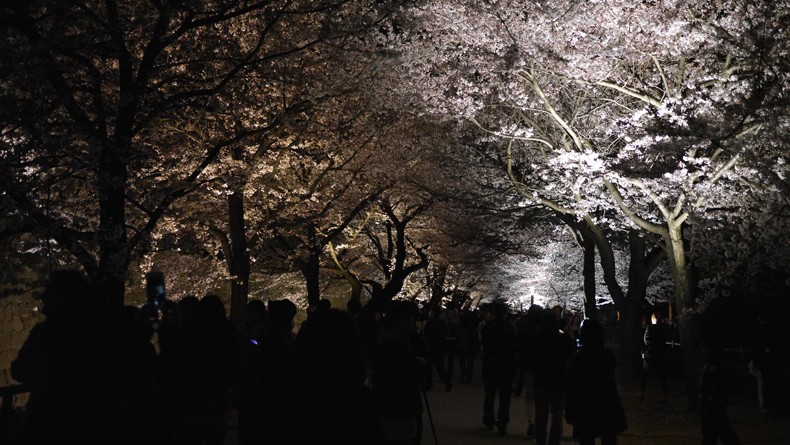
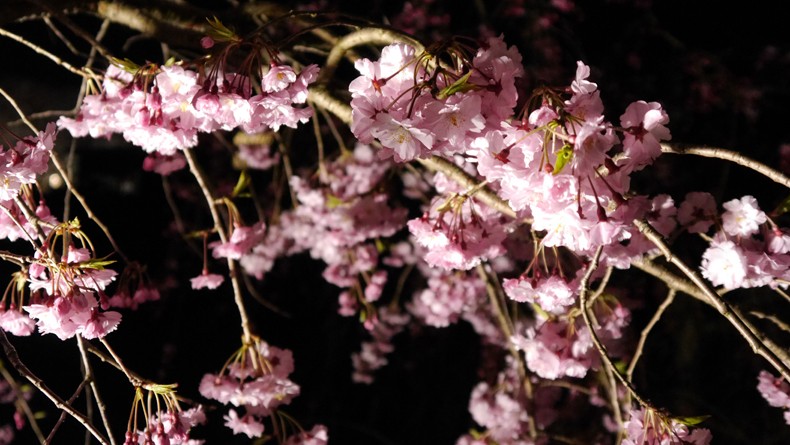
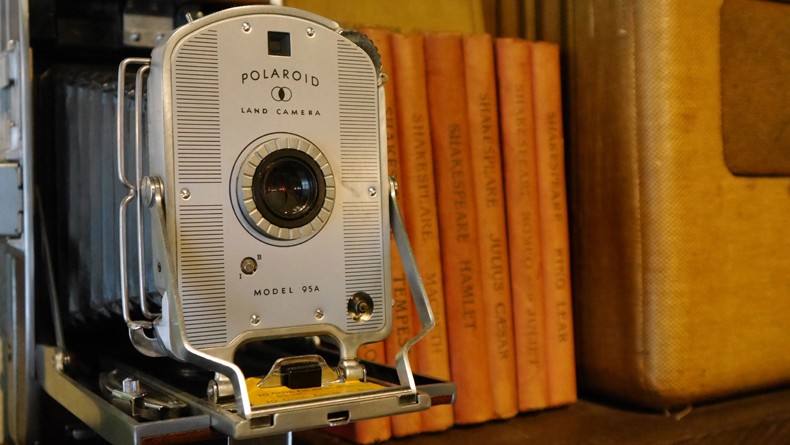
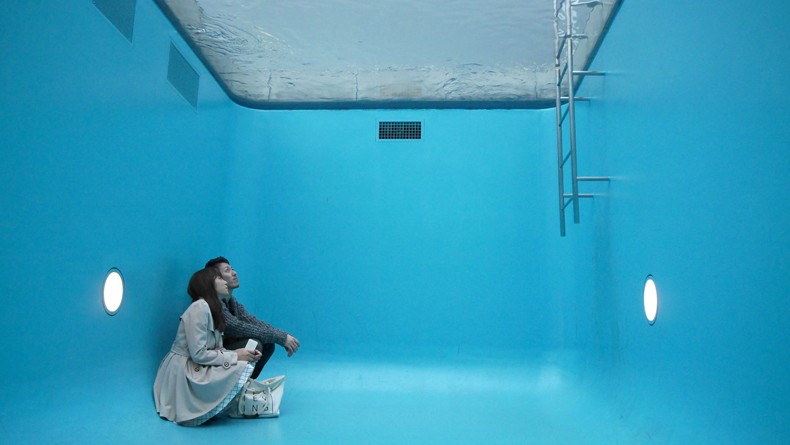
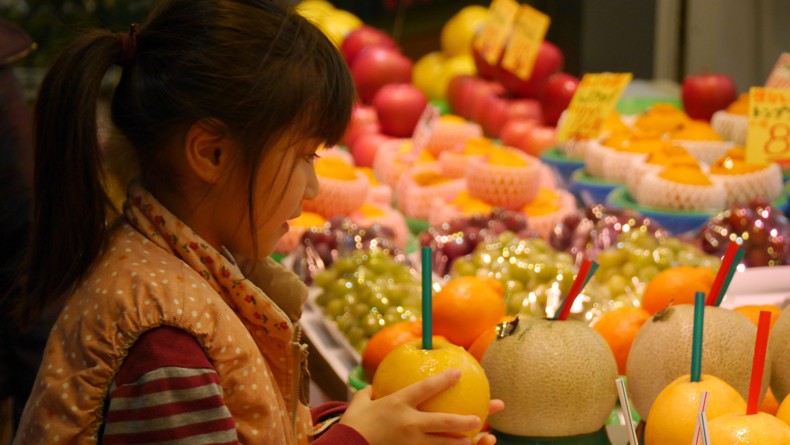
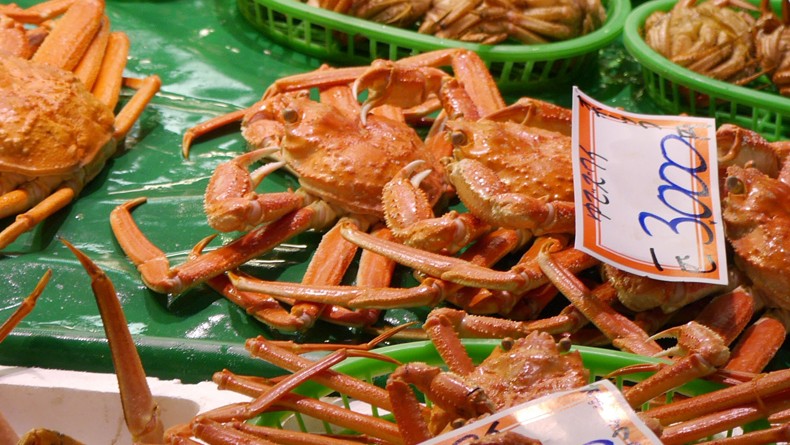










Leave a Reply